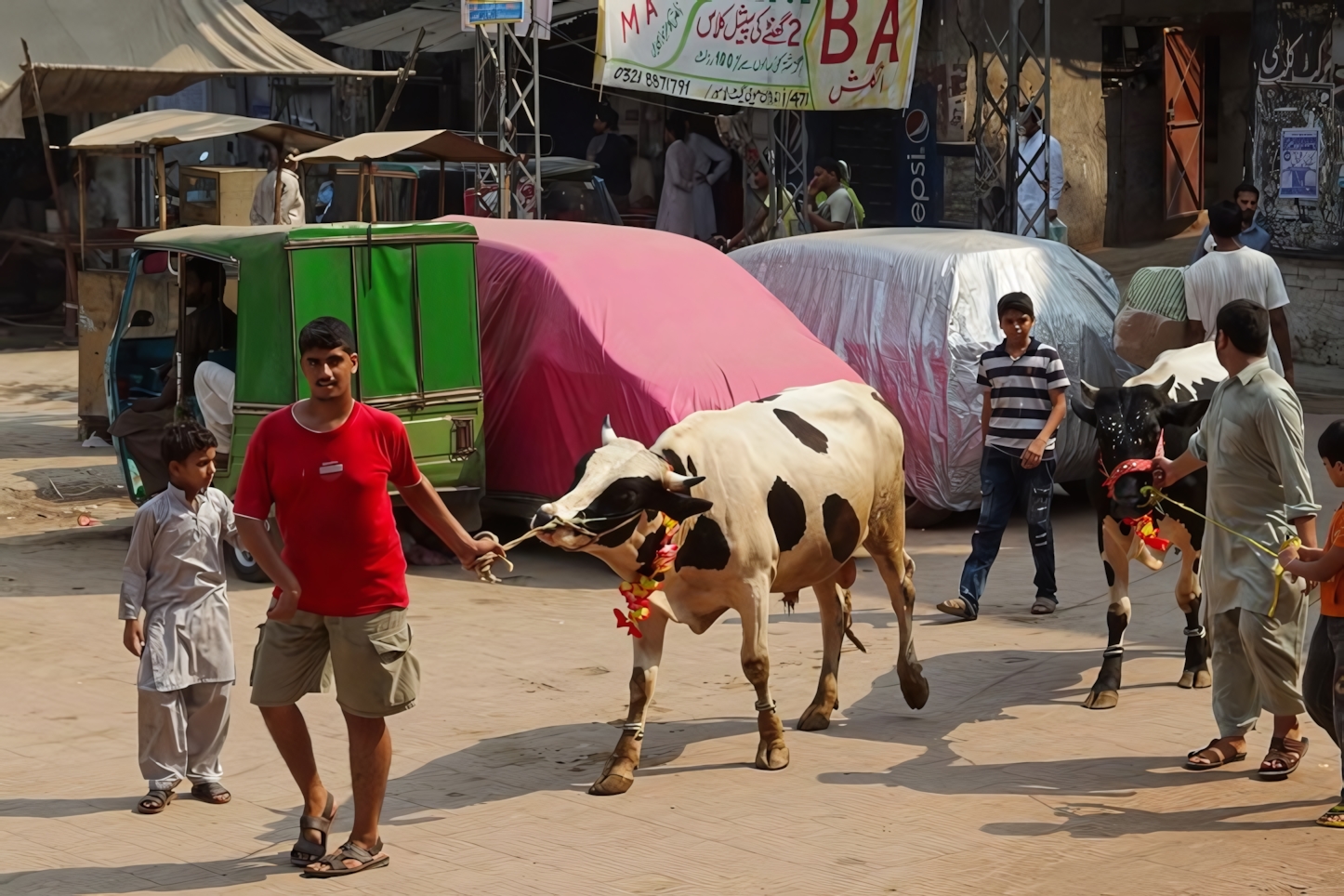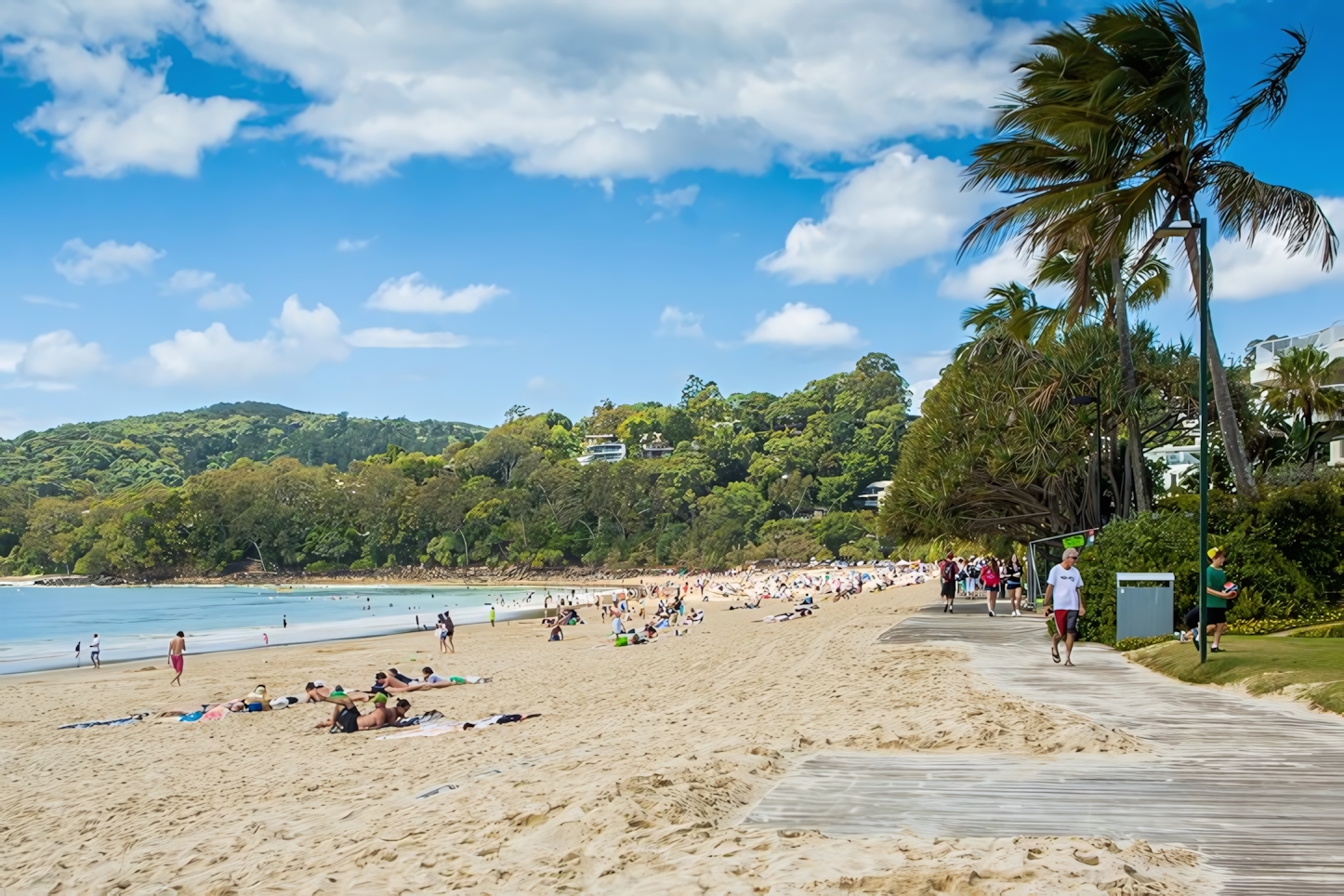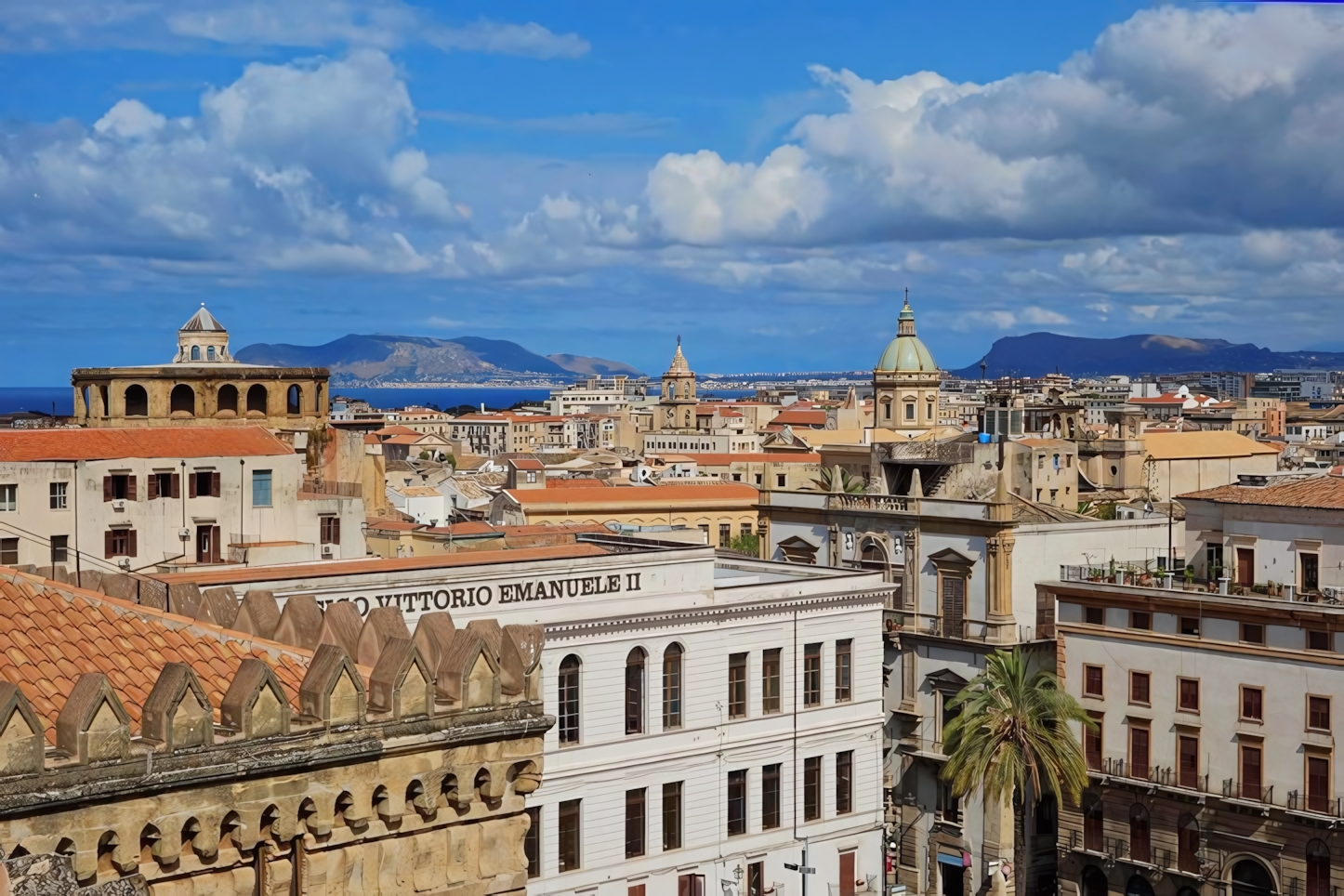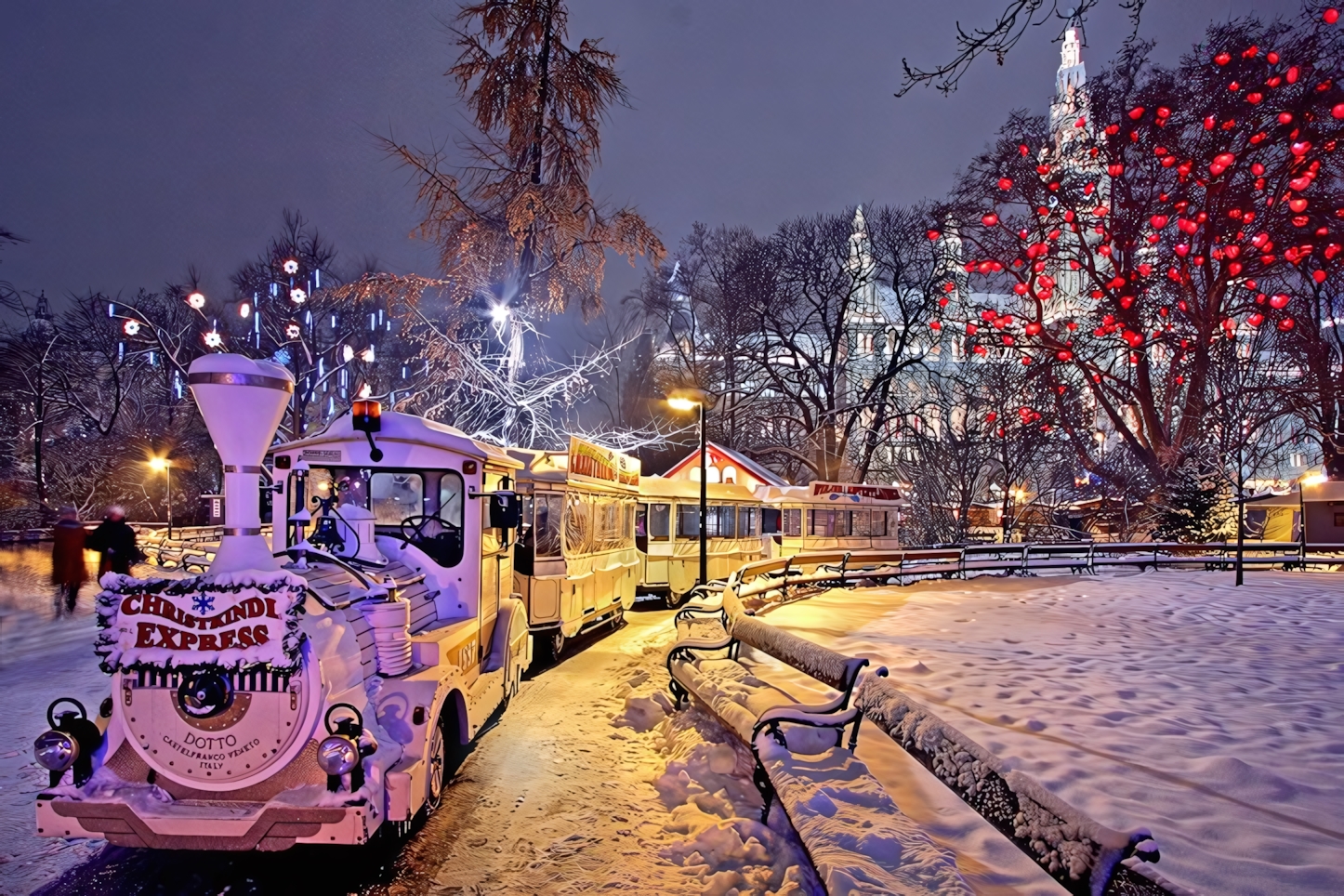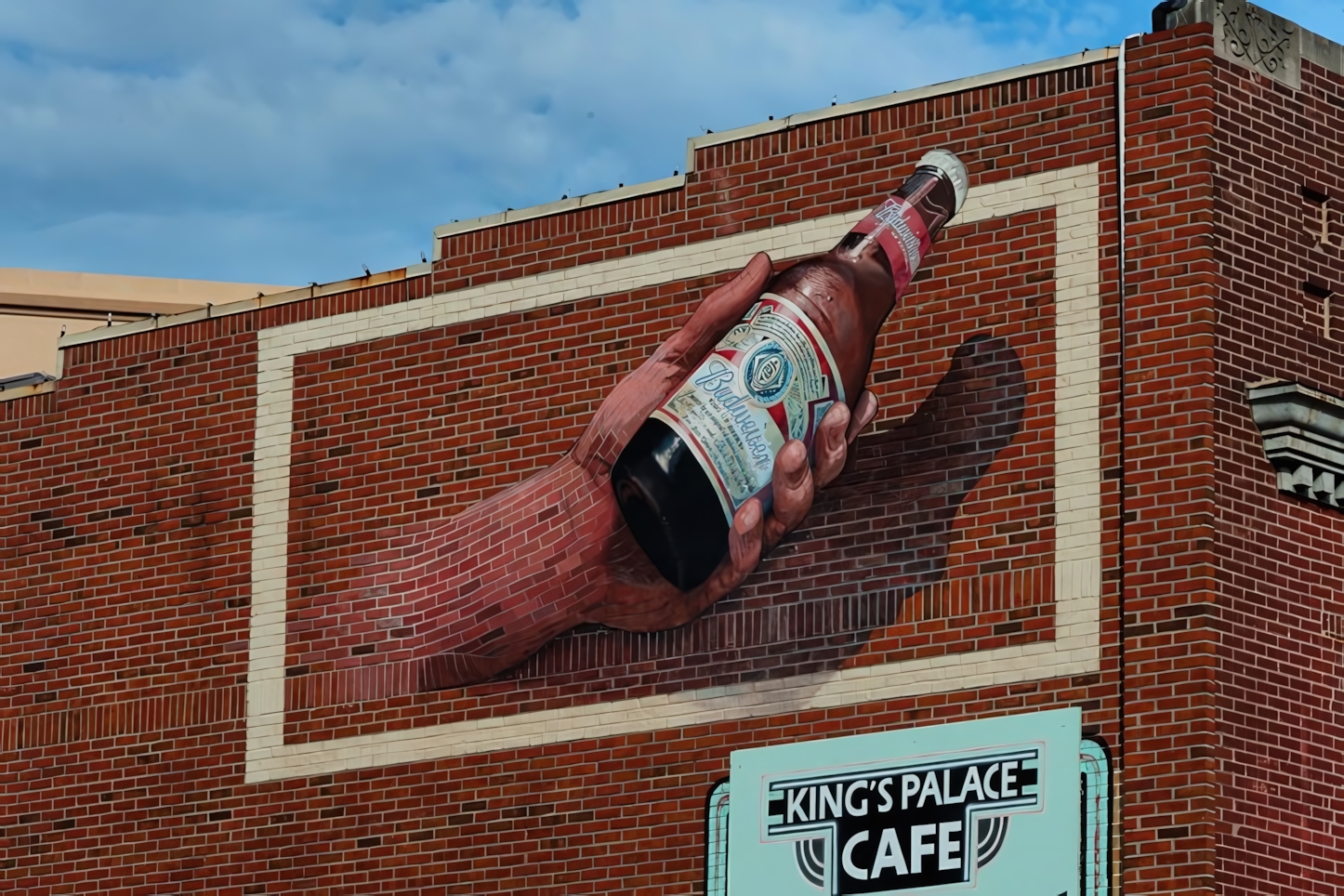As an avid traveler who's had the pleasure of exploring the vibrant island of Curacao, I'm excited to share my experiences and recommendations for making the most of your time in this Caribbean gem. From the colorful streets of Willemstad to the pristine beaches and rich cultural heritage, Curacao offers a unique blend of Dutch influence and Caribbean charm. Join me as we embark on a journey through this enchanting island, discovering its hidden treasures and must-see attractions along the way.
When to Visit Curacao
Curacao boasts a warm, tropical climate year-round, with temperatures consistently hovering between 80 and 84°F. However, timing your visit can make a significant difference in your experience. Having visited the island multiple times, I've found that the best time to explore Curacao is between January and May.
During these months, you'll enjoy pleasant weather and fewer crowds, as it's considered the low season. Plus, you'll have the chance to immerse yourself in some of the island's most exciting events, such as the vibrant Carnival in January, the thrilling International Sailing Regatta, and the soul-stirring Jazz Festival in May.
If you're not a fan of rain, it's best to avoid the brief rainy season from October through December, with November being particularly wet. Also, keep in mind that the Atlantic hurricane season runs from June to November, so planning your trip outside these months is advisable for a worry-free vacation.
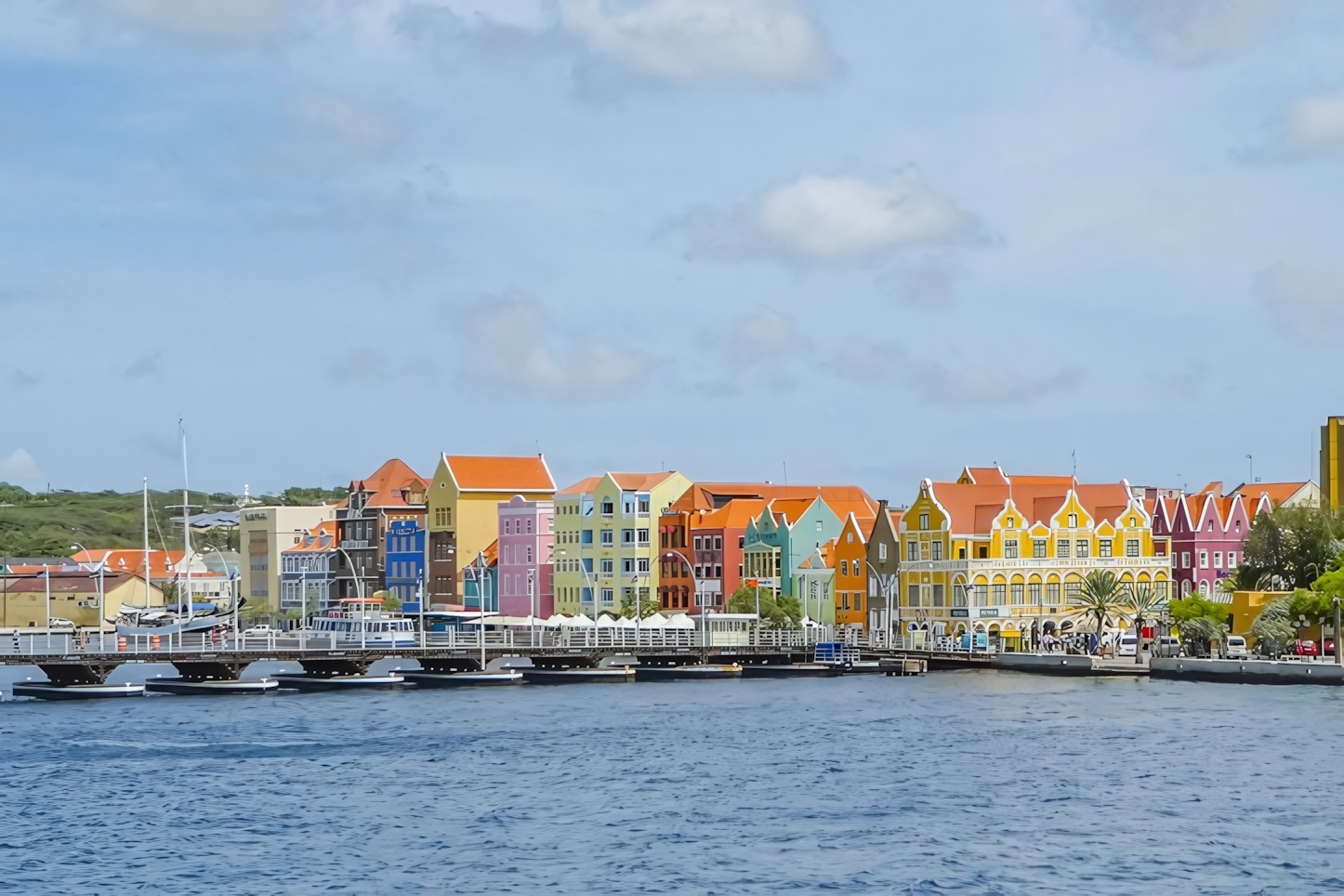
Curacao: A Cultural Melting Pot
One of the things that fascinated me most about Curacao is its rich cultural tapestry. As a constituent of the Kingdom of the Netherlands, the island has a unique blend of European and Caribbean influences. This cultural fusion is evident in the local language, Papiamento, which beautifully combines elements of Dutch, Spanish, Portuguese, and English.
The heart of Curacao's charm lies in its capital city, Willemstad. As I wandered through its streets, I was captivated by the picturesque scenery – colorful buildings lining the waterfront, quaint cobblestone streets, and an array of vibrant street art. The city is divided into two main areas: Punda and Otrabanda, each with its own distinct character.
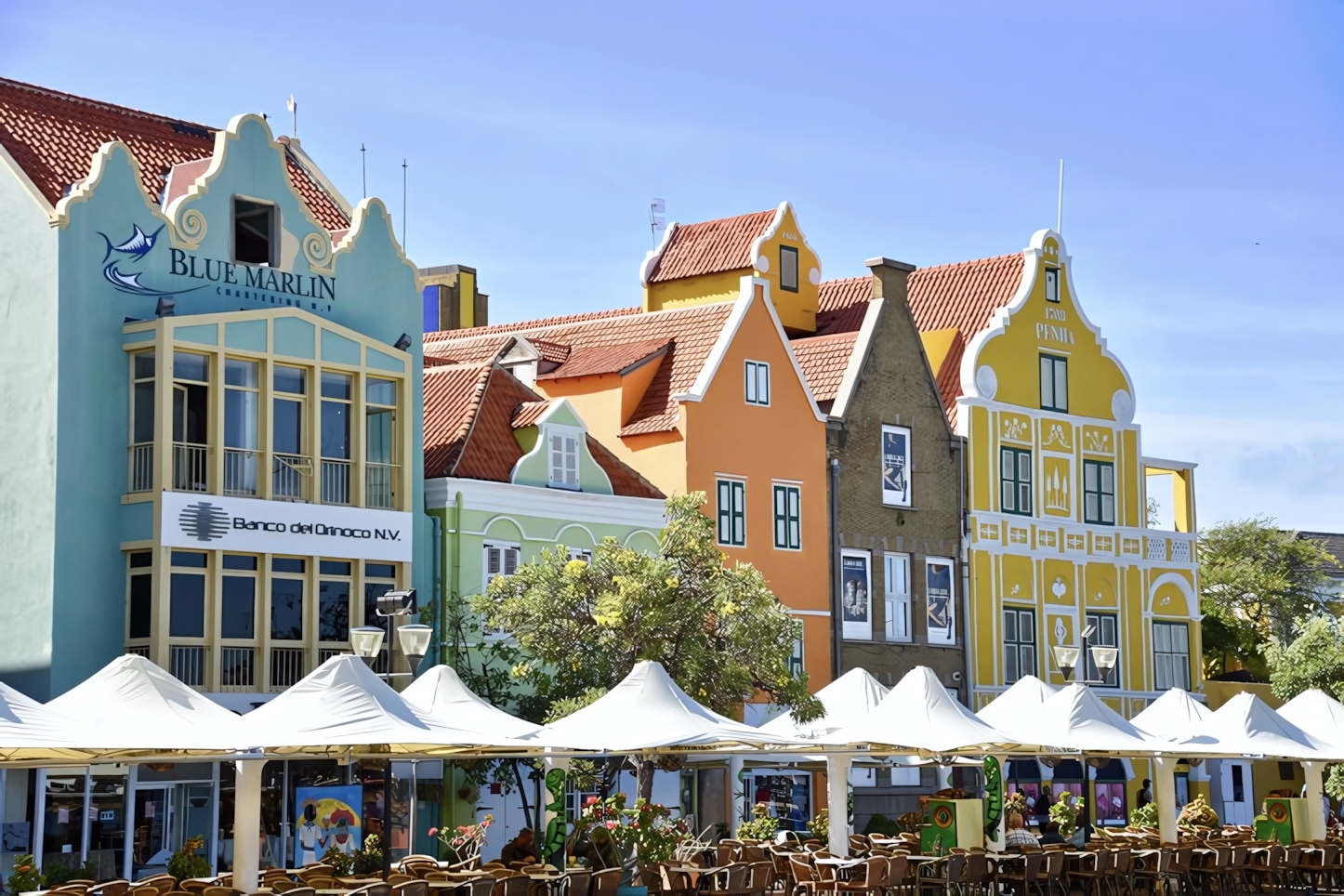
Punda, the original settlement, tends to be busier and is home to many shops, restaurants, and the famous floating market. Otrabanda, which means "the other side," developed later as Punda became overcrowded. These two areas are connected by the iconic Queen Emma Pontoon Bridge, affectionately known as the "Swinging Old Lady." Walking across this bridge, which opens to allow ships to pass through one of the world's busiest harbors, was a highlight of my visit.
A Perfect Day in Curacao
While Curacao may be small, it's packed with experiences. Here's my recommended itinerary for making the most of your day on this beautiful island:
Morning: Explore Willemstad
Start your day early with a delicious arepa breakfast at La Boheme Curacao. The flavors and atmosphere will set the tone for an exciting day ahead.
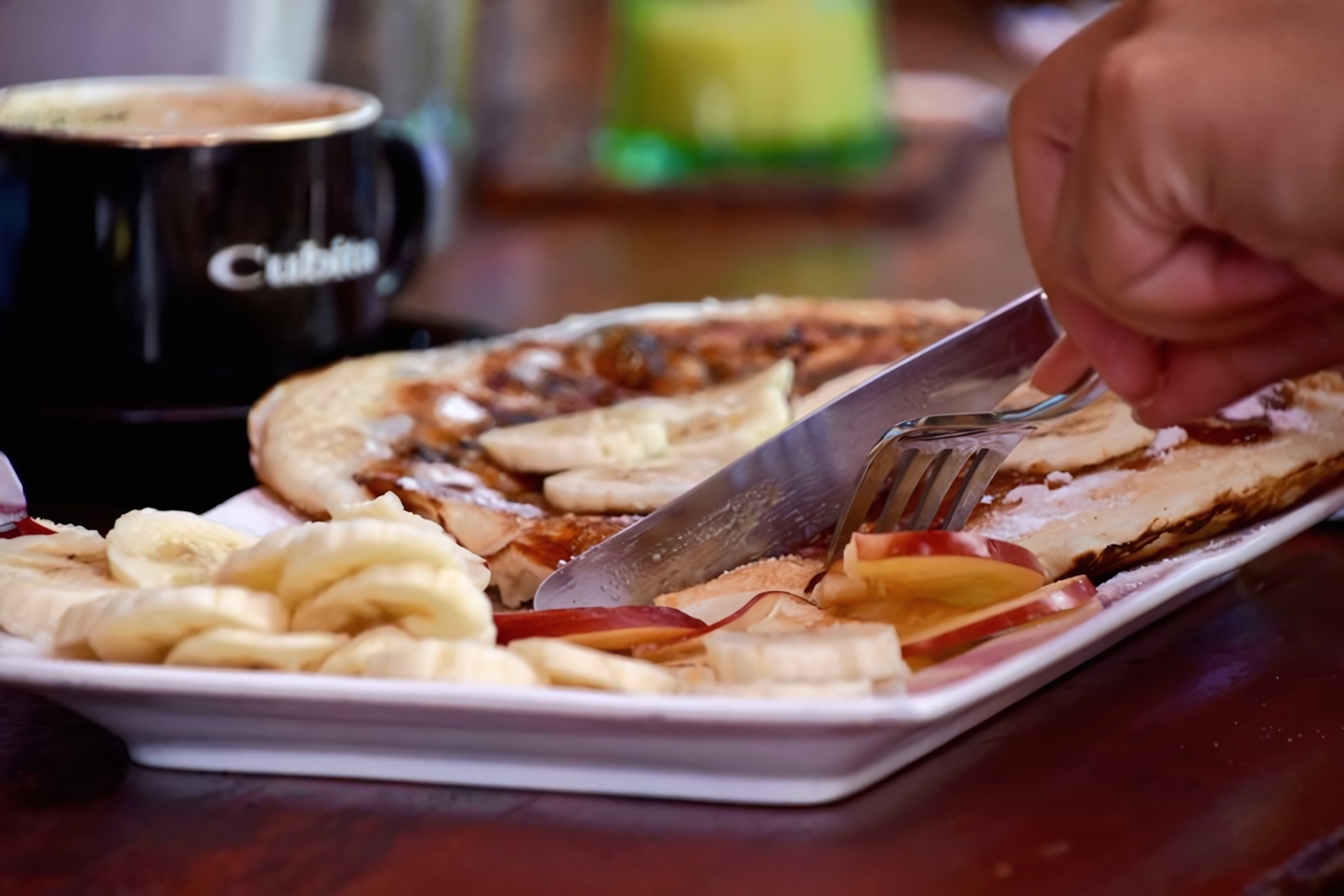
After breakfast, make your way to the main tourist booth across from the Queen Emma Bridge. Here, you can join a two-hour walking tour of Punda for just $15 USD. I found this tour invaluable for gaining insights into the city's history and culture.
If you prefer to explore independently, grab a map from the tourist booth and set out on your own adventure. Don't miss these highlights:
- Browse unique souvenirs at the craft market
- Sample fresh tropical fruits at the floating market
- Admire the colorful street art adorning buildings
- Sip on a refreshing mojito at The World's Best Mojito Bar
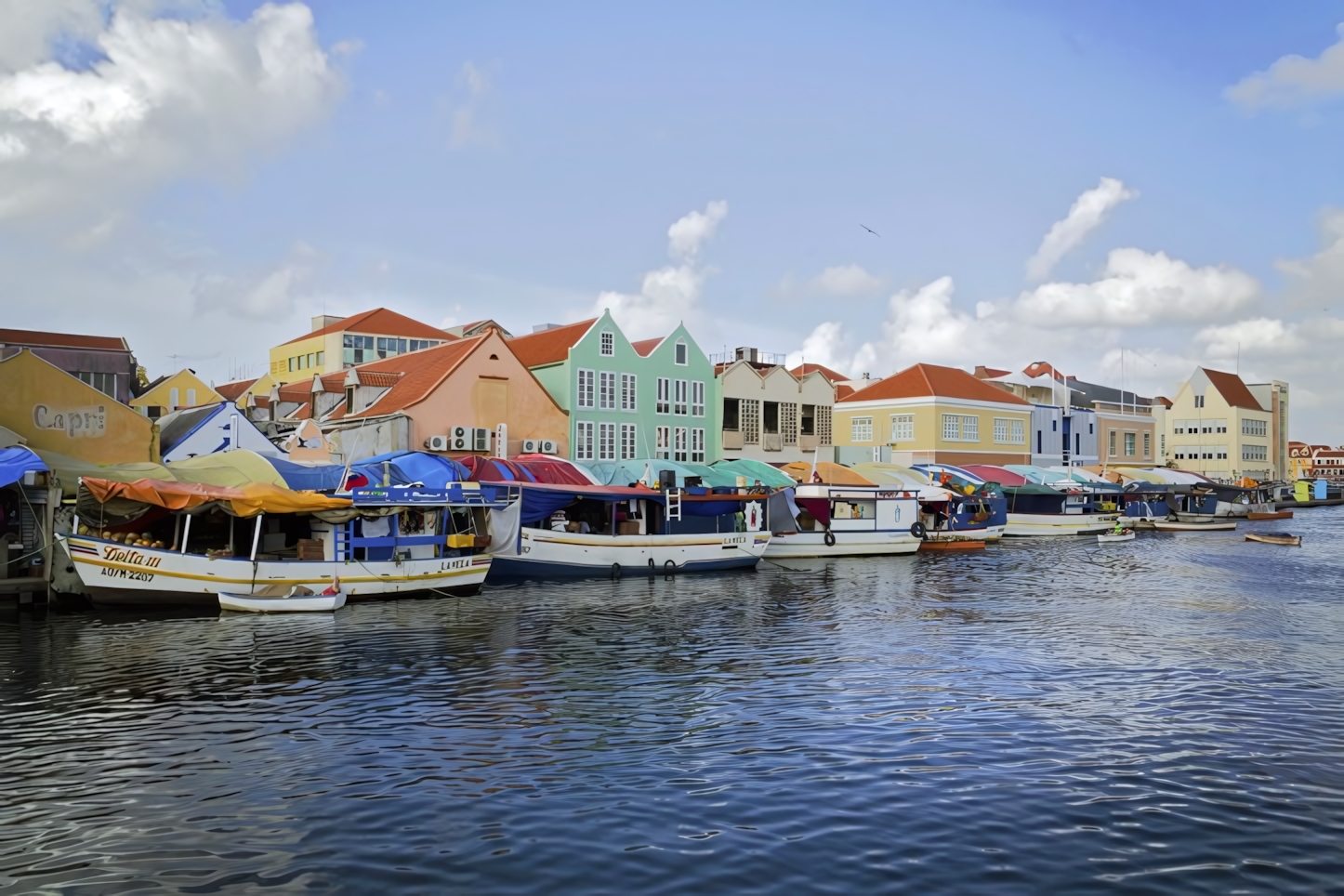
Midday: Cross the Queen Emma Bridge
As you make your way to Otrabanda, take a moment to enjoy the Queen Emma Bridge. The experience of walking on this "floating" bridge is truly unique. Just be careful not to get caught on it when a ship is approaching, or you might find yourself taking an unexpected "cruise" across the harbor!
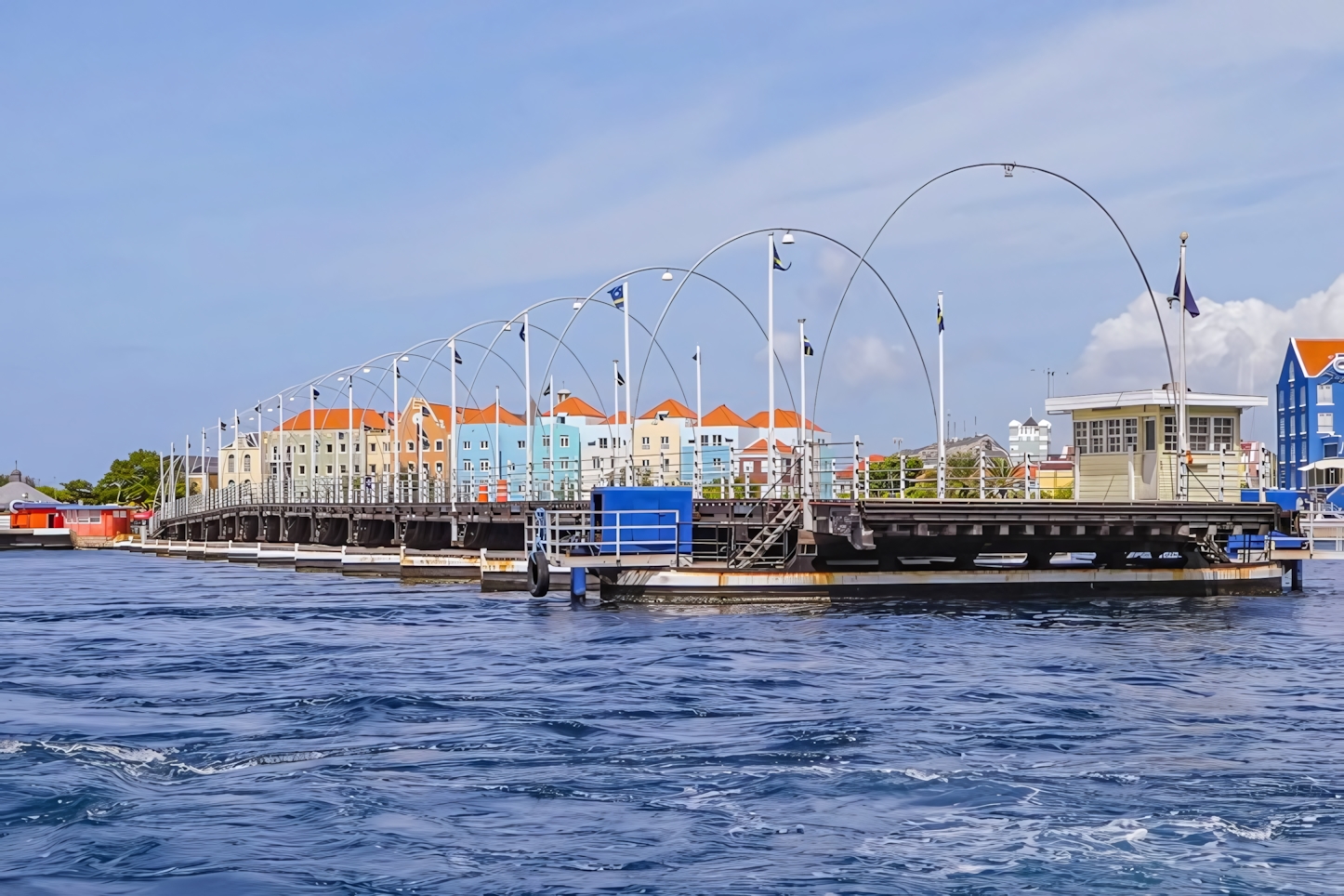
Lunch: Dutch Treat
Once in Otrabanda, head to Dutch Treat for lunch. I recommend trying the Patat Oorlog, a delicious Dutch-inspired dish. While waiting for your food, seek out a nearby Batidos truck for a refreshing fruit drink – a local favorite that I couldn't get enough of during my stay.
Afternoon: Kura Hulanda Museum
After lunch, take a short walk to the Kura Hulanda Museum, a UNESCO World Heritage Site. I highly recommend taking the guided tour ($13 USD), which provides a profound insight into African history and the trans-Atlantic slave trade. It's a sobering but essential experience that deepened my understanding of the region's complex past.
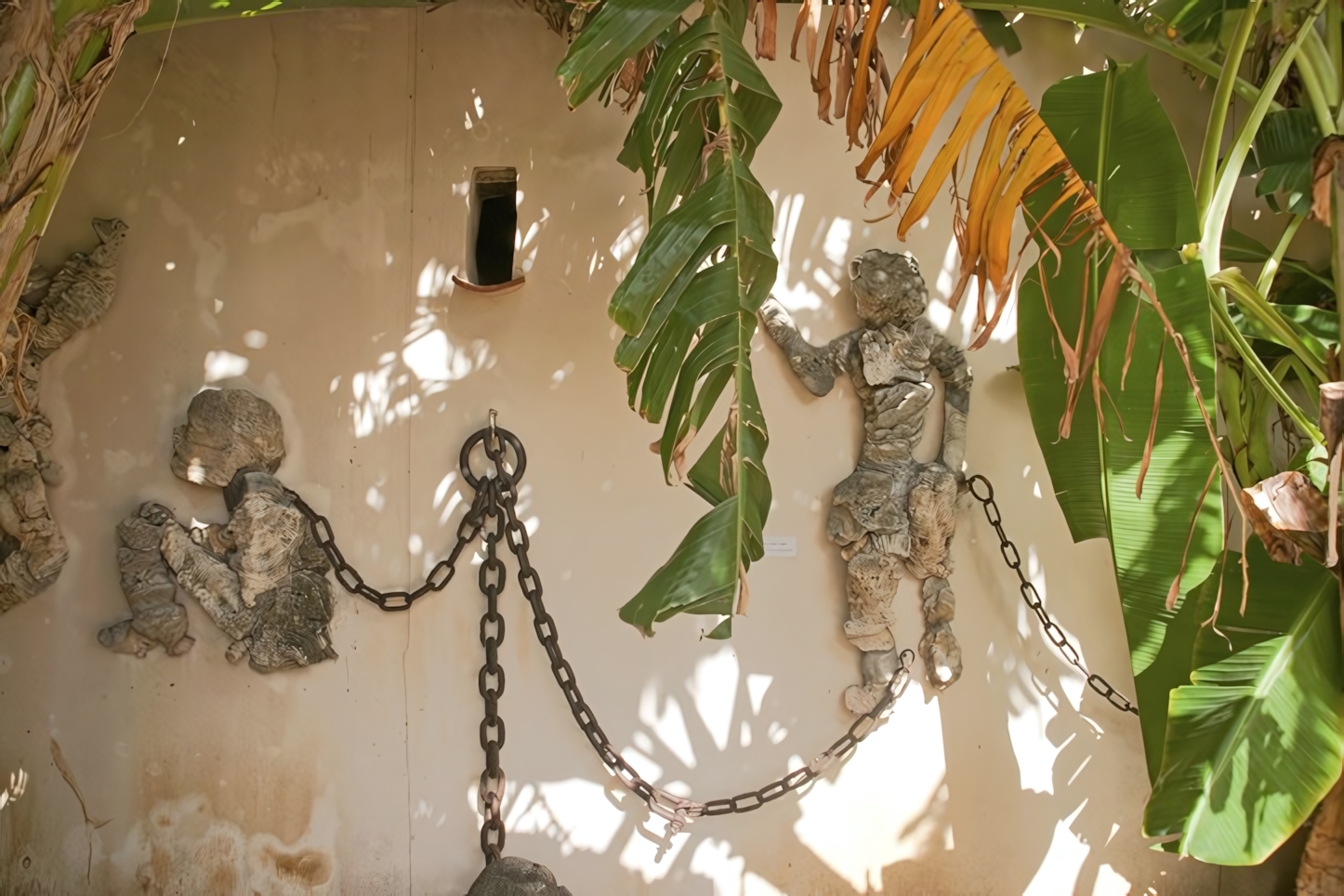
Late Afternoon: Mambo Beach Boulevard
Time to cool off! Take a taxi to Mambo Beach Boulevard, about a 15-minute ride from Willemstad. This beautiful stretch of coastline offers crystal-clear waters, plenty of beach chairs, and a variety of shops and restaurants. I spent a blissful few hours here, alternating between swimming in the calm waters and relaxing on the sand.
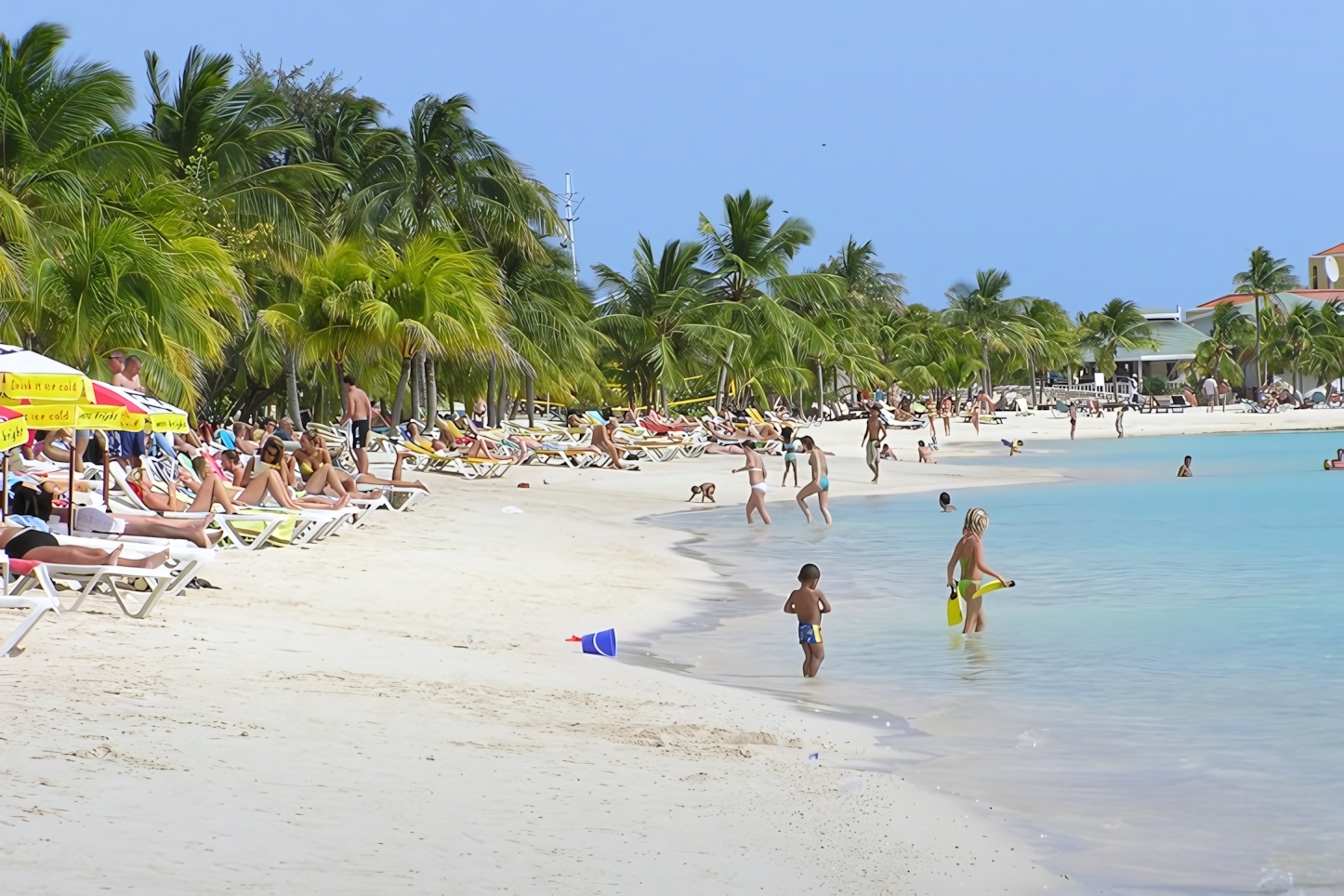
Evening: Dinner and Drinks
After freshening up at your accommodation, head back to Punda for dinner at Mundo Bizarro. This quirky Cuban café offers live music and a fantastic menu. I recommend trying a traditional Dutch dish like Bitterballen for a taste of the island's European influence.
Cap off your night with a drink at the Iguana Café, where you can enjoy stunning views of the illuminated harbor. If you're in the mood for something sweet, there's a charming ice cream parlor nearby that I couldn't resist visiting more than once during my stay.
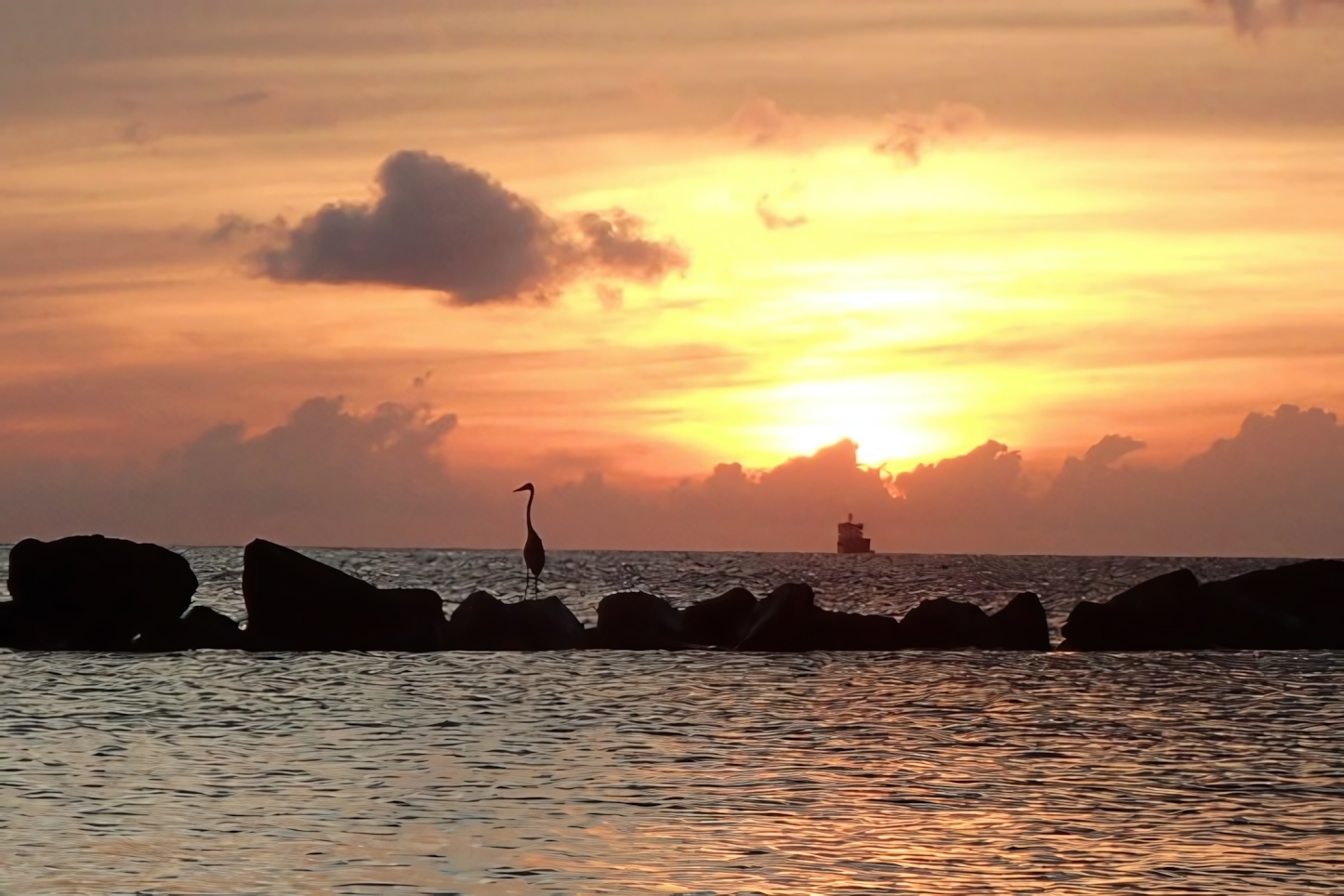
Where to Stay in Curacao
For convenience, I recommend staying in or near Willemstad. During my visits, I've had great experiences at both the San Marco Hotel and Casino and the City Suites Curacao. If you prefer a more home-like atmosphere, there are numerous Airbnb options available in the city as well.
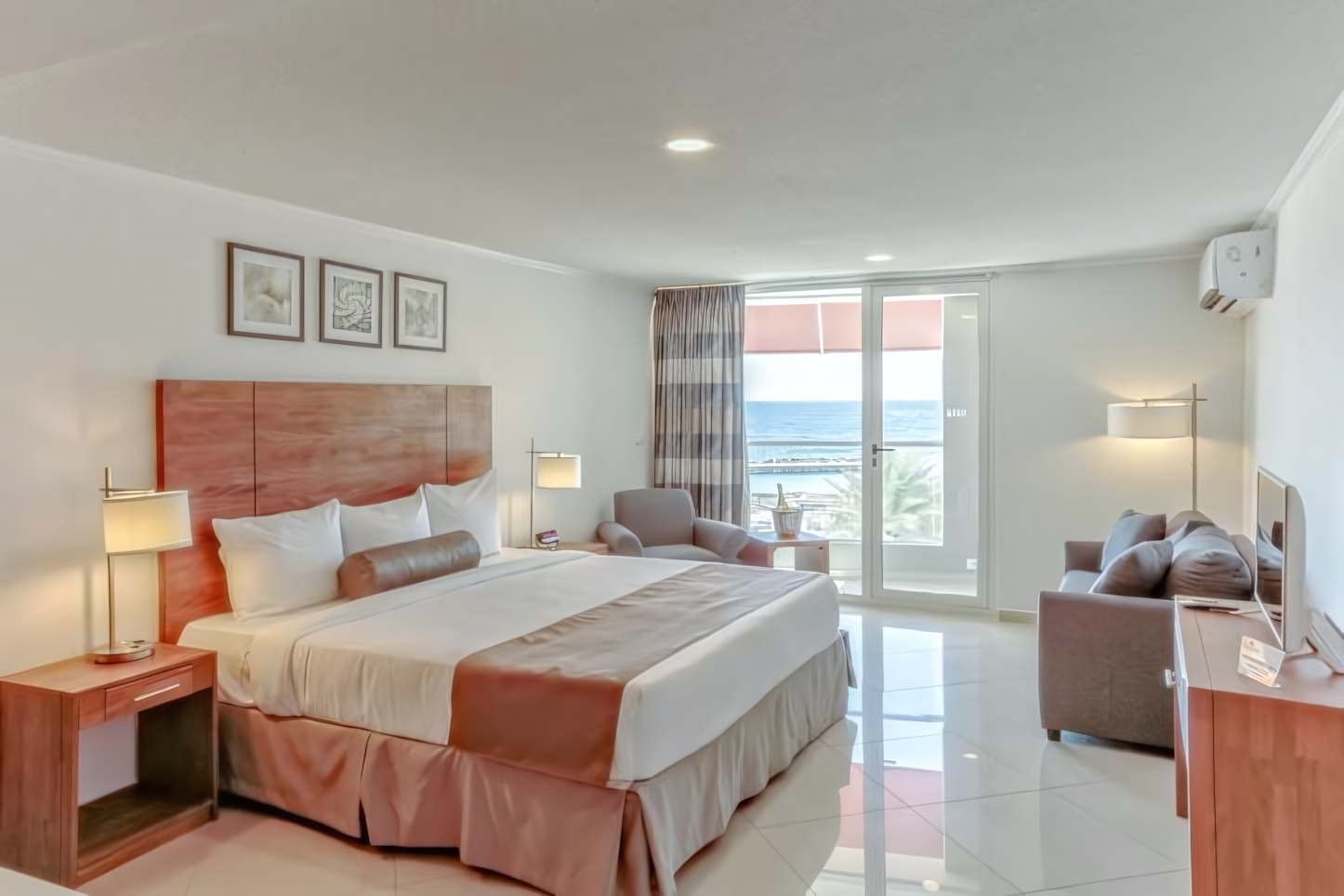
Additional Tips for Your Curacao Adventure
Getting Around
Willemstad is very walkable, but be sure to stay hydrated and take breaks in the shade, as the Caribbean sun can be intense. For trips to the beach or nearby areas, taxis are readily available and affordable, usually costing no more than $20 USD per ride. Pro tip: Taxis in Punda (located to the left of the Queen Emma Bridge) are often cheaper than those in Otrabanda.
Alternative Tours
If you're interested in exploring beyond Willemstad, consider booking a customized tour with Sand and Stilettoes. On my second visit to Curacao, I took their four-hour tour of the western part of the island, which included stops at Shete Boka National Park, Hato Caves, and Cas Abou Beach. It was a fantastic way to see more of the island's natural beauty.
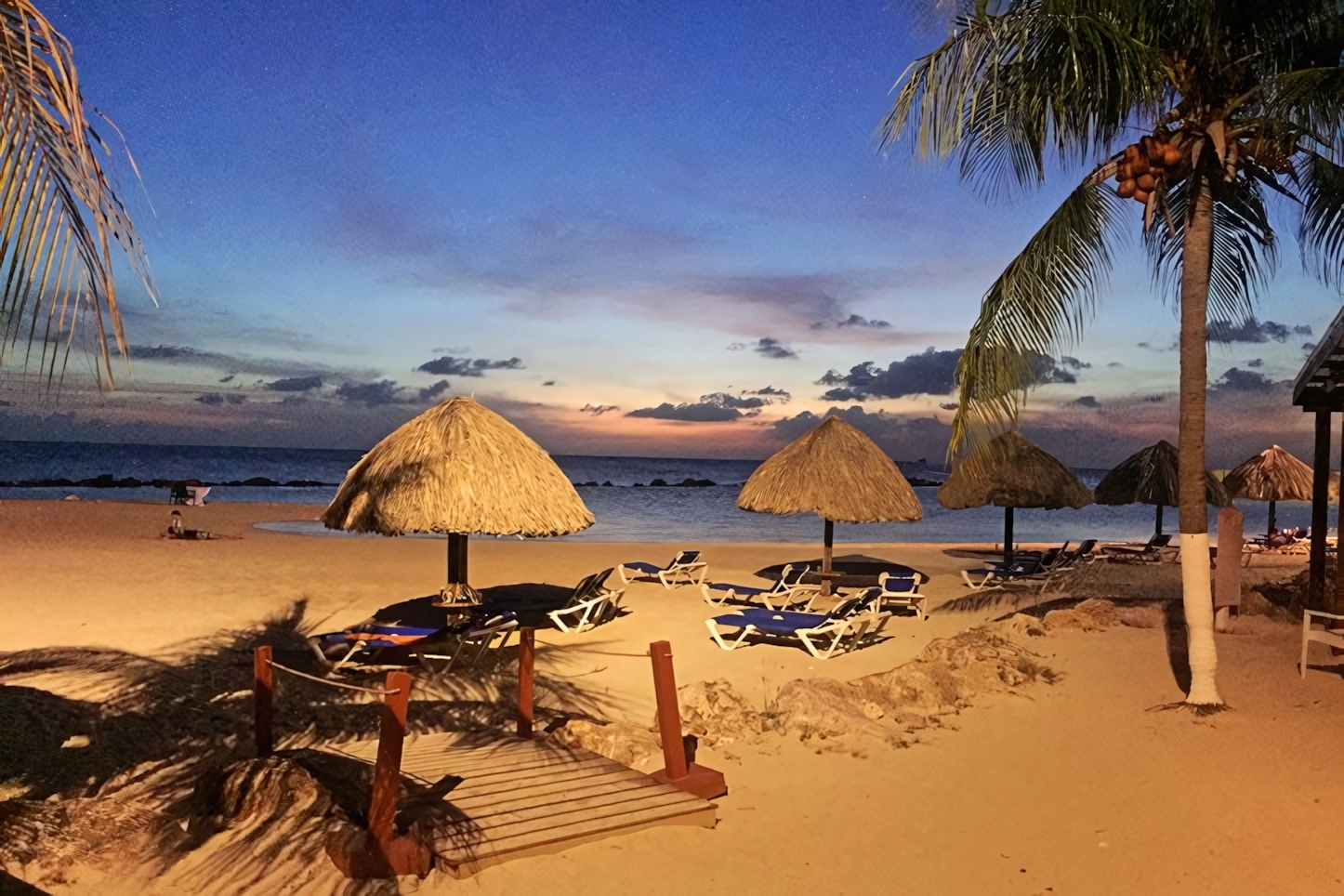
Curacao may be small, but it's filled with vibrant culture, stunning landscapes, and warm hospitality. Whether you're there for a day or a week, this Caribbean paradise is sure to leave a lasting impression. I hope this guide helps you make the most of your time on this enchanting island!

